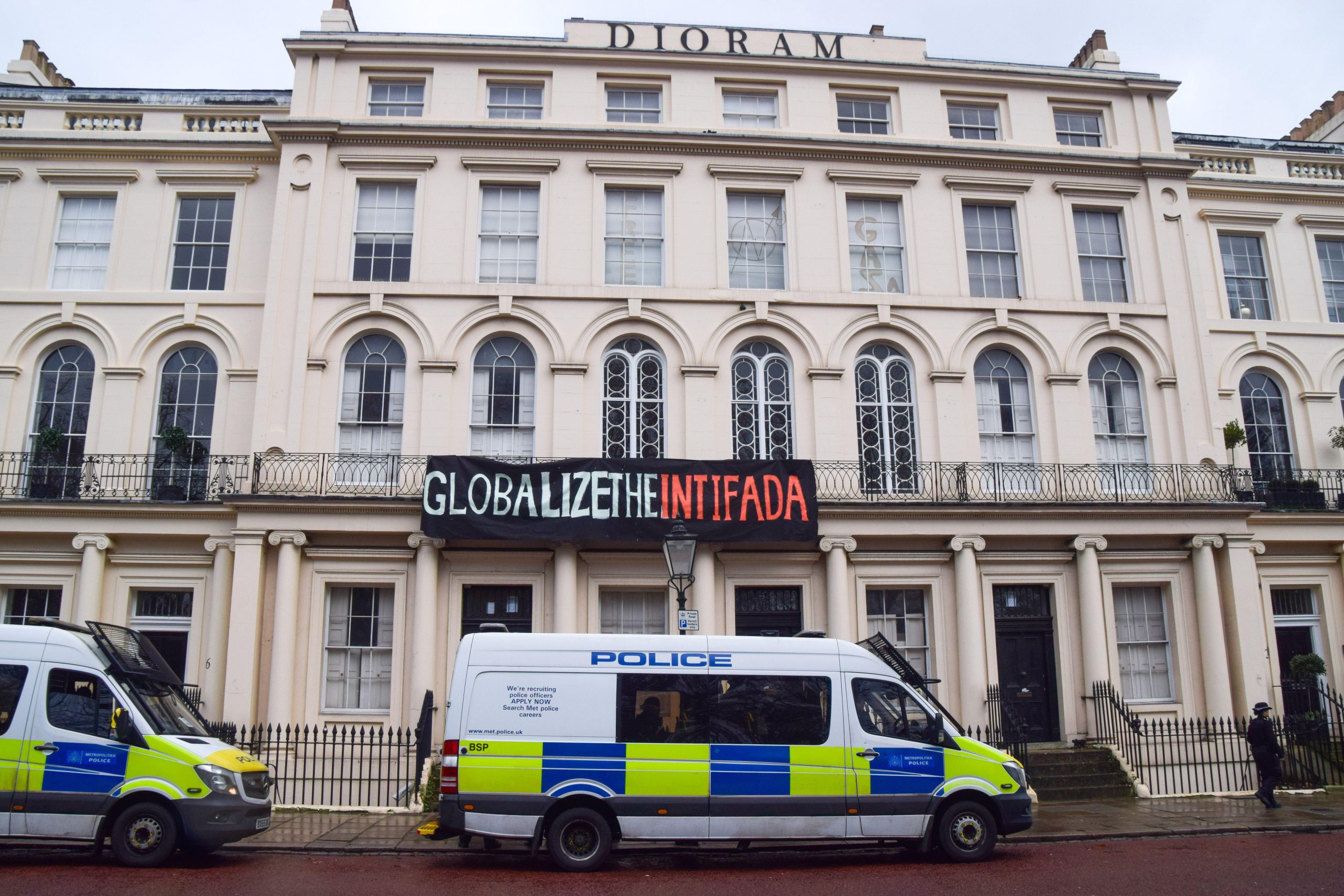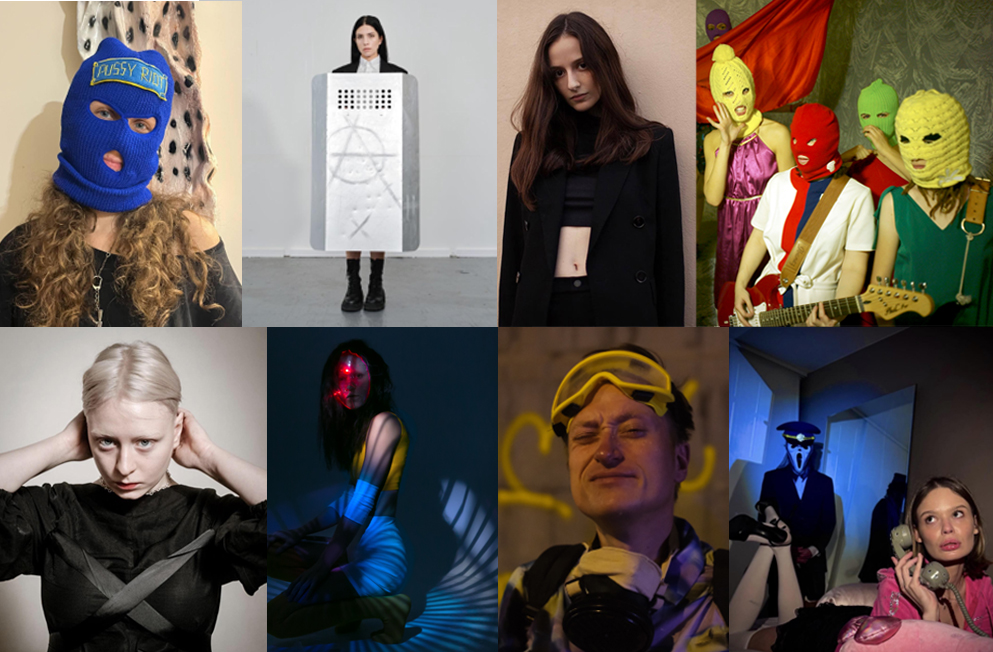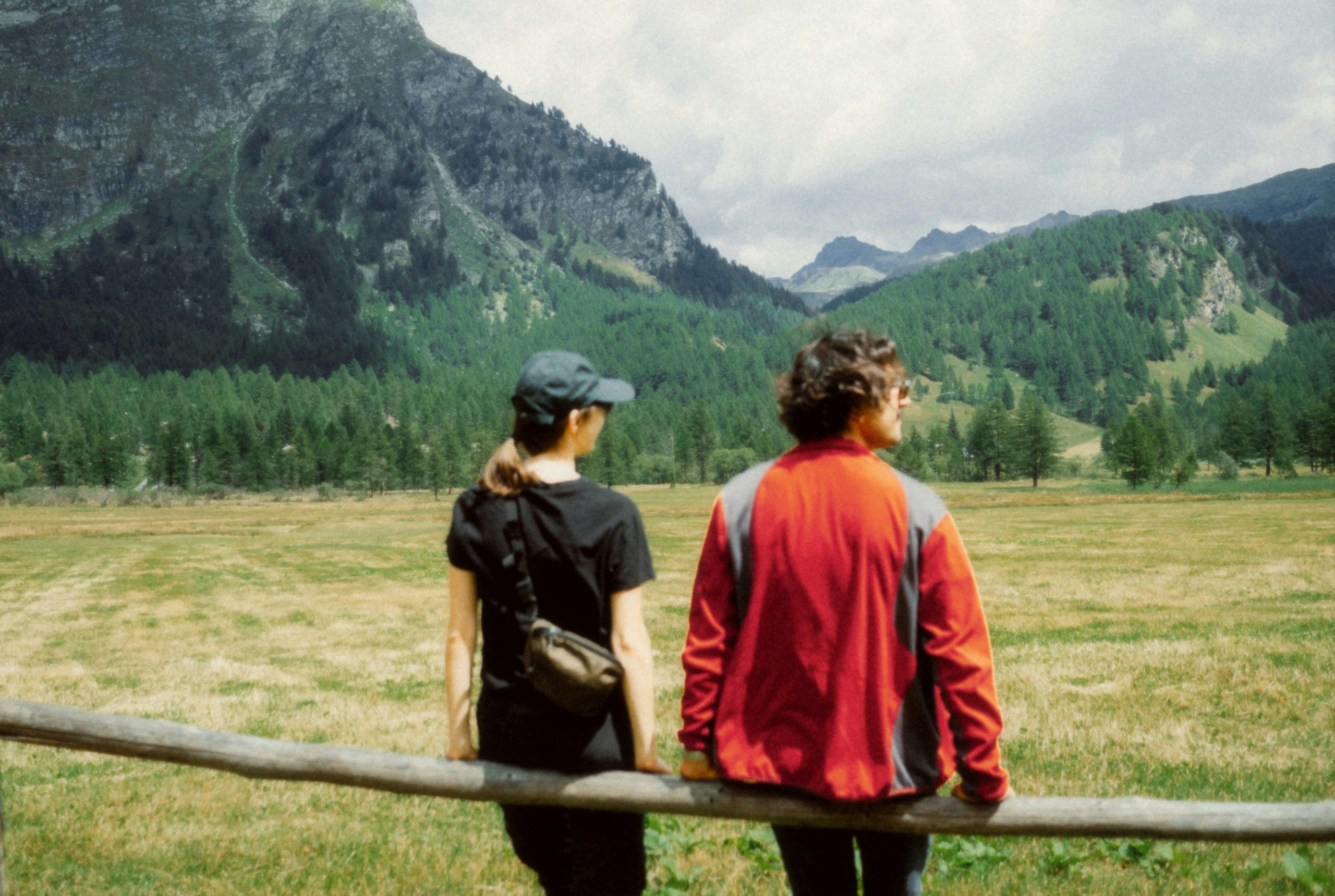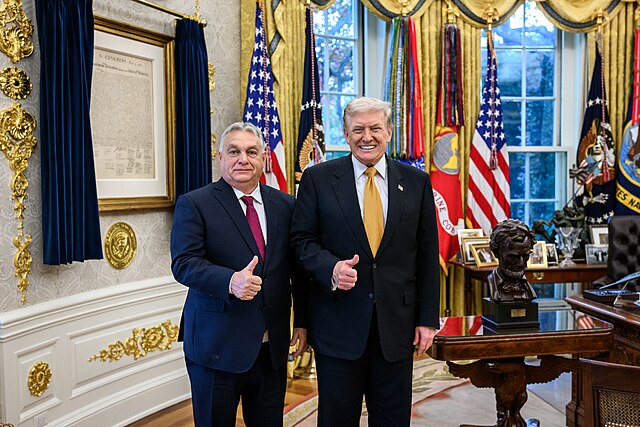“Independence Day” in Minsk was marked with demonstrations against President Lukashenko. Olga Birukova reports
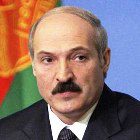
Ordinary people gather in small groups and clap in a rhythm. Surrounding them are men in uniformly black or grey clothes; strong, physically fit skinheads, ready to attack them or any unlucky passers-by. They drag those clapping into unmarked trucks and vans. But those left continue clapping, as if it’s the most important thing in the world to them. Nobody even tries to protect those picked up by the president’s goons.
Applause has suddenly become a mark of protest in Belarus. It is so distinctive, that even the 3 July Independence day military parade was held in silence to avoid its disruption by clapping. This is unheard of in a country which sticks to Soviet traditions from the Brezhnev era. Even Lukashenko’s supporters weren’t brave enough to clap the dictator and his 6-yr old son, both in General uniforms, obviously bored to death watching and greeting lines of trucks, tanks, planes, rows of Special Forces, paratroopers and artists clothed as partisans and soldiers from previous wars. What was supposed to be a festive crowd was half full of plain-clothed agents watching attentively for anybody “ready to clap”, in order to arrest them.
“Clapping on Wednesdays” has been inspired by the Arab spring and alike those revolutions has been organised predominately via social networks. Hence, most of participants are netizens those who are educated and wealthy enough to use twitter, i-phones, i-pad and other new technologies. These are complemented by old-fashioned “word of mouth” and SMS messaging.
There are no slogans, no banners, no traditional white-red-white flags, no shouting, no swearing: in fact nothing you can be arrested for. Apparently there’s not even any of the “old opposition”, nor any politician behind the moment.
You simply come to Central Square or, last Sunday to the Minsk’s main railway station, join the crowd and all clap together. What could be more non-violent and innocent? Primary school kids can do this.
These weekly actions started on 8 June and, so far, the biggest one gathered together around 1,500 people (from the most optimistic accounts) — hardly noticeable in Minsk a city of 2m people. But on 29 July plain-clothes agents bundled several people off the street.
Ksenia Avimova, a young journalist was simply strolling down the street and about to put a lens on her camera. Yet three men dressed in black were already behind her, ready to pounce. Later, she was transported to the local police station for a couple of hours and detained. No charge was forthcoming as she had all her papers in order (passport, journalist ID).
Avimova told Index:
“If they arrest journalists, they do it on the orders of the boss of the group, it’s not accidental…Once me and my colleagues were detained for 3 hours, just to prevent us from coming back to the central Minsk and filming the action.”
She said when she was detained on 29 July, Alexander Lastousky, the press officer of the Belarus Home Office visited and she was released. Lastousky plays the role of an “angel-saviour from jail” for media workers. This story is no longer exceptional. Anybody who films street actions will be familiar with the routine detentions and intimidation.
Anton Motolko, a photographer from Minsk claims that the security services have been instructed to stop any attempt to report upon the protests:
“They’ve had special orders to smash camera lenses and arrest the media”, he told Index. Adding: “Preventing journalists from working is standard practice during elections with journalists dragged into police trucks and people may just cover their camera with their hands. But on 3 July they started smashing cameras. Groups of 2 or 3 people would pretend to be mentally ill or drunk and start shouting aggressive nonsense at you or swearing to distract your attention. Then somebody, you don’t see who, pulls your leg from behind and you fall down, your camera smashes and you cannot prove that the ‘accident’ was deliberate.” According to Anton, it was only on 3 July that protestors and passers-by began fighting back against the security services
Independence Day
View «Рэвалюцыя праз сацыяльную сетку», 3 ліпеня 2011 in a larger map
Last Sunday, Belarus celebrated ‘Independence Day’ (a staged propaganda event initiated by Lukashenko) along with the 67th anniversary of the liberation of Minsk from Nazi Germany. Officially, 360,000 people participated in Independence Day festivities in Minsk, but most impartial observers believe no more than 5,000 people turned up. For attempts to ‘protest clap’ an estimated 200-400 persons were detained across the country, with 210 in the capital. Outside Minsk the biggest mass arrests were registered in Gomel, Grodno and Mogilev.
The authorities insisted it would be strictly a day without applause. A Reuter’s correspondent saw one man in his 30s begin applauding as Lukashenko began to speak in Independence Square. Police moved in and he was led away. Even before Lukashenko began speaking, plain-clothes police led away several young people apparently identified as potential protesters as they tried to mingle with Lukashenko’s supporters.
According to an Index source, around 100-150 people came to the main railway station action at 7pm. The “men in black and grey” detained some of them along with innocent passers-by, who had no idea why was it had suddenly become illegal just to be outside. Of the arrested, some were teenagers, others couples, alongside families with toddlers. Passages to the Metro were closed for several hours. Our source claims that tear gas was used in Independence Square.
By Monday, an estimated 50 prosecutions had been undertaken and those detained had been moved to the Detention Center on Okrestina street. They were all charged with “petty hooliganism” (art. 17.1 of Belarus Code of Administrative offences). Further trials are ongoing.


